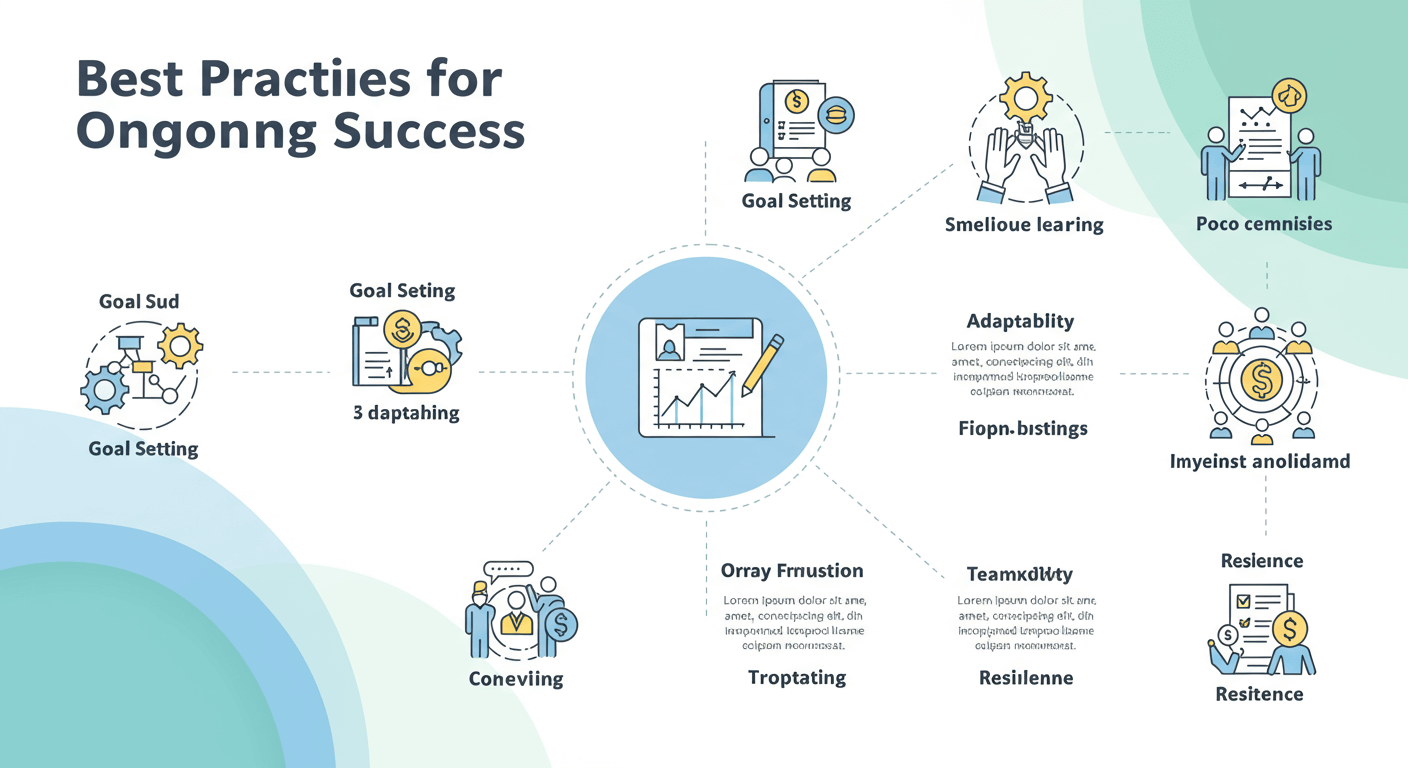In today’s digital-first world, customers interact with brands across multiple touchpoints—email, social media, mobile apps, in-store kiosks, and more. Without a unified approach to tracking, businesses miss critical insights into user behavior and struggle to attribute conversions accurately. This guide walks you through why omnichannel tracking matters, which features to prioritize, and how to implement powerful tracking tools that drive measurable ROI. Follow our step-by-step plan to eliminate data silos, ensure privacy compliance, and gain the competitive edge your marketing deserves.
Why Omnichannel Tracking Matters
![]()
Consumers no longer follow a linear path from discovery to purchase. They research products on mobile devices, compare reviews on social platforms, and finalize orders on desktop or in-store. Omnichannel tracking delivers a 360° view of this journey by stitching together interactions across channels. Learn more about Tracking Tools With a clear line of sight into the customer lifecycle, marketers can:
- Identify high-impact campaigns and channels for optimized budget allocation
- Implement advanced attribution models to accurately assign credit for every conversion
- Personalize messaging in real time based on user behavior and preferences
- Reduce wasted ad spend by targeting only the most engaged audiences
In 2025, Gartner predicts that organizations with a unified customer data strategy will outperform competitors by 20% in customer satisfaction and revenue growth. Omnichannel tracking is the cornerstone of this strategy.
Key Features to Look for in Omnichannel Tracking Tools
Not all tracking solutions are created equal. When evaluating platforms, prioritize these capabilities:
- Real-time Data Sync: Instant updates across dashboards and reports to respond quickly to user behavior.
- Cross-Device Tracking: Ability to reconcile anonymous sessions with logged-in identities for seamless user mapping.
- Custom Attribution Models: Flexible rules (first-click, last-click, time decay) to align with your marketing objectives.
- User Privacy & Compliance: Built-in consent management, GDPR/CCPA support, and data anonymization options.
- AI-Powered Analytics: Machine learning insights for anomaly detection, predictive scoring, and automated recommendations.
Step-by-Step Implementation Process
1. Define Your Tracking Requirements
Start by mapping the end-to-end customer journey. List every touchpoint—from ad click to post-purchase survey—and determine the key performance indicators (KPIs) you’ll measure (e.g., conversion rate, average order value, churn rate). Document data sources such as web logs, CRM records, email platforms, and point-of-sale systems.
2. Evaluate and Select the Right Tools
Compare leading omnichannel platforms based on your requirements. Popular choices include Google Analytics 4 for web/app integration, Adobe Analytics for enterprise needs, Mixpanel for user-centric events, and Amplitude for product analytics. Create a weighted scorecard to rank each vendor on features, pricing, scalability, and support.
3. Plan Your Data Architecture
Design a unified data layer using a tag management system (e.g., Google Tag Manager) and a Customer Data Platform (CDP) to aggregate events. Define naming conventions for events and properties, and establish a data warehouse (e.g., BigQuery, Snowflake) for long-term storage and advanced queries.
4. Deploy and Configure Tracking Codes
Implement tracking snippets across all digital properties. Use TMS triggers to fire events on user interactions—page views, clicks, form submissions, video plays. Test each event using browser developer tools or the platform’s debug console. Ensure mobile SDKs are correctly installed for app tracking.
5. Ensure Data Quality and Integrity
Conduct regular QA checks to validate event accuracy. Set up automated alerts for missing data or sudden drop-offs. Use checksum or hashing techniques to detect corrupted records. Maintain separate staging and production environments to test updates safely.
6. Analyze and Optimize
Build centralized dashboards in BI tools (e.g., Tableau, Looker) to visualize performance against your KPIs. Run cohort analyses to understand retention, funnel reports to identify drop-off points, and attribution reports to measure channel effectiveness. Translate insights into action by refining campaigns, reallocating budgets, and A/B testing new hypotheses.
Common Challenges and How to Overcome Them
Implementing omnichannel tracking can be complex. Here are four typical obstacles and solutions:
- Data Silos: Integrate systems via APIs or ETL pipelines. Adopt a CDP to centralize customer profiles.
- Attribution Complexity: Leverage multi-touch attribution models and validate results with experiment-based lift tests.
- Privacy Regulations: Embed consent management platforms and anonymize PII. Stay updated on regional laws.
- Implementation Costs: Start with a minimum viable tracking setup, prove ROI, then expand scope. Use open-source libraries where possible.
Case Study: How XYZ Brand Achieved 30% Revenue Growth
XYZ Brand, a mid-sized ecommerce retailer, struggled to tie social media ads back to sales. After mapping their customer journey and deploying Google Analytics 4 with server-side tracking, they unified web and app data in BigQuery. Within three months, refined attribution revealed underperforming ad sets, enabling them to reallocate 25% of ad spend to high-converting audiences. The result: a 30% jump in revenue and a 15% reduction in customer acquisition cost.
Best Practices for Ongoing Success

- Continuous Monitoring: Set up real-time alerts for tracking failures and data anomalies.
- Regular Audits: Quarterly reviews of event definitions and data pipelines to prevent drift.
- Stakeholder Training: Educate marketing, product, and engineering teams on data governance and tool usage.
- Scaling as You Grow: Optimize infrastructure costs with serverless analytics and data partitioning strategies.
Future Trends in Omnichannel Tracking
As privacy regulations tighten and cookieless tracking becomes the norm, expect these trends to shape the next wave of omnichannel analytics:
- Server-Side Tracking: Bypass browser restrictions by routing events through backend servers.
- Privacy-First IDs: Universal identifiers based on hashed, consented data for cross-site tracking.
- Predictive Analytics: AI models that forecast customer behavior and lifetime value in real time.
- Edge Computing: On-device processing to reduce latency and improve data security.
Conclusion
Implementing a robust omnichannel tracking strategy is no longer optional—it’s essential for data-driven growth. By defining your requirements, choosing the right tools, maintaining data quality, and continuously optimizing, you can unlock deeper customer insights and maximize marketing ROI. Start mapping your customer journey today, and transform scattered data into strategic advantage.

